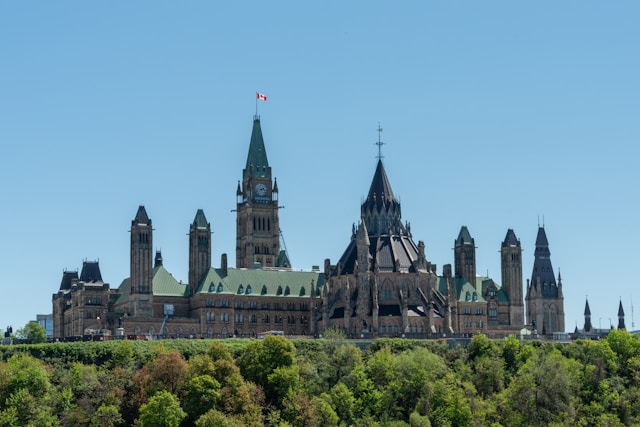On May 27, King Charles III will stand before the Canadian Parliament, not as a mere figurehead, but as a living symbol wielding the quiet force of a message aimed well beyond ceremonial tradition. In a political moment fraught with challenges to Canadian sovereignty, every gesture and word of the monarch will carry the weight of intentional meaning.
Recent months have underscored the precariousness of Canadian sovereignty in the face of external provocation. The suggestion by a foreign president that Canada might one day join a neighbouring superpower as its “51st state” did more than ruffle diplomatic feathers; it prompted a national reckoning with questions of identity and independence. In response, Prime Minister Mark Carney made it clear that the scheduled visit by King Charles III was chosen not for spectacle, but for substance—to underscore Canada’s autonomy and unity in a manner that words alone rarely achieve.
The act of opening Parliament, a responsibility rarely undertaken by the monarch, becomes here a deliberate statement. According to one Canadian journalist, even the King’s attire “must scream ‘the King and Queen of Canada are defending Canada’s sovereignty’,” a reminder that in constitutional monarchy, symbolism is never accidental. The nuances of the King’s speech will be dissected for evidence of resolve and reassurance. As noted by another commentator, “People are going to be counting every word the King says. This is a turning point for the Crown – this trip really matters.” The event’s very design sends a message: Canada chooses when and how it honours its foundational ties, and does so on its own terms.
Yet this visit is more than a response to external rhetoric. It becomes an inflection point for longstanding debates over the Crown’s relevance in Canadian society. Some question whether ancient institutions have a place in modern governance; still, in moments of uncertainty, the rituals of constitutional monarchy can serve to steady the ship, reasserting a distinct national direction. The King’s presence at the opening of Parliament thus becomes both a unifying gesture and a declaration—to Canadians and the world—that the country will not allow its identity to be defined from outside.
Ultimately, King Charles III’s visit is less about royal pageantry than about sending a message—a calm, unwavering assertion that Canadian sovereignty is neither accidental nor negotiable. The pageantry is secondary to the principle. As Canada navigates its future, the deliberate symbolism of this moment may well echo for years to come, inviting ongoing reflection on how a nation affirms its independence in an interdependent world.
References:
King Charles III to Open Canadian Parliament in Display of Sovereignty

